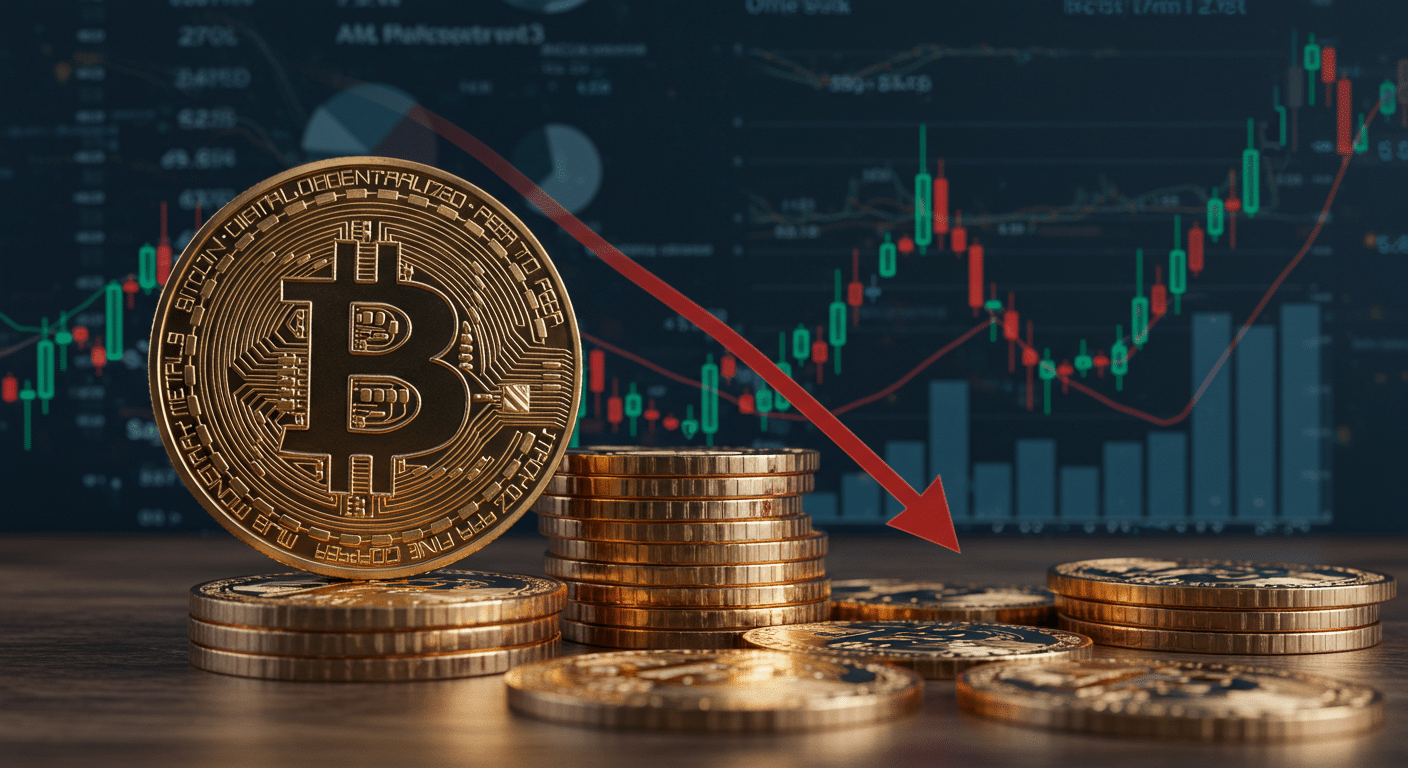A sharp decline in Binance Bitcoin inflows has caught market attention as deposits fell to 5,700 BTC this month. This marks less than half the 12,000 BTC monthly average seen since 2020 and just 25% of the 24,000 BTC inflows recorded during the FTX panic. With Bitcoin holding steady above $105,000, the drop suggests a slowdown in immediate selling activity.
Binance Bitcoin Inflows Hit Four-Year Low
The latest data reflects a significant downturn in Binance Bitcoin inflows, highlighting changing investor behavior across the board. According to CryptoQuant analyst Darkfost, monthly exchange inflows have dropped to their lowest point since 2020. This pattern contrasts sharply with earlier spikes that often aligned with local price peaks.

Each large deposit wave previously matched price volatility, signaling preparation to sell as prices corrected. For instance, inflows rose to over 17,000 BTC in August 2023 and exceeded 20,000 BTC in March 2024. Those moments preceded brief but notable pullbacks, underscoring Binance’s importance in real-time market supply.
In the current cycle, however, deposit volume has contracted sharply despite Bitcoin trading at new highs. The 5,700 BTC figure is also about 30% of the 13,200 BTC that entered Binance when Bitcoin crossed $100,000 last December. This lower figure signals reduced sell-side intent and increased holding behavior.
Bitcoin Inflows Decline Despite Macro Risks
The sustained drop in Binance Bitcoin inflows suggests a broader market shift toward holding, not distributing. When traders intend to sell coins, they tend to transfer the coins to exchanges, and therefore, lower balances imply less demand to liquidate. This trend, accompanied by low volatility, is an indication of a less rash market position.
Although this is a macro risk, the current action implies that people do not doubt Bitcoin’s future price path. Volatility is low relative to the year-to-date averages, and there has not been a recent event significant enough to induce mass selling. This condition leaves some space for more price stability or even upside, should demand persist.
CryptoQuant’s monthly average smooths out short-term noise from global headlines, giving a clearer trend overview. Even after adjustments, this month’s inflow count is the lowest in four years. That includes past disruptions like geopolitical tensions, making the current reading more significant.
Bitcoin Supply Drops as Demand Holds
Thin liquidity continues to shape price action, yet Binance Bitcoin inflows suggest sell pressure is weakening. Binance maintains a 37% share of all centralized exchange volume, making its inflow patterns highly influential. Fewer deposits mean fewer coins available for sale at the market.

Glassnode previously noted this cooling trend in May, reinforcing the narrative of declining sell-side pressure. Back then, inflows were already slowing during Bitcoin’s rally past $104,000. Today’s even lower figure adds weight to that broader signal.
While liquidity remains a concern, the reduced inflows act as a short-term cushion for the market. If demand holds while supply drops, price discovery may favor continued upside. However, analysts caution that a sudden spike back to the long-run 12,000 BTC mean could hint at renewed distribution.
Summary
Binance Bitcoin inflows have fallen to 5,700 BTC, far below the long-term average. The drop points to reduced sell pressure and a holding phase across the market. Despite low liquidity, this trend may favor stability or gains if demand continues.
FAQs
What are Binance Bitcoin inflows?
Binance Bitcoin inflows refer to the amount of Bitcoin deposited onto Binance over a given period, typically linked to selling activity.
Why have inflows dropped recently?
Deposits have fallen as more holders opt to store their Bitcoin off exchanges, indicating less immediate interest in selling.
How does this affect Bitcoin’s price?
Lower Binance Bitcoin inflows reduce available market supply, which can support prices or lead to upward movement if demand rises.
Is this trend unique to Binance?
No, but Binance handles the most spot volume among exchanges, making its inflow trends a reliable market signal.
Could inflows rise again soon?
Yes. Macro shocks or price shifts could drive a return to the long-term 12,000 BTC average or higher.
Glossary of Key Terms
- Binance Bitcoin inflows: Bitcoin transferred into Binance, often signaling intent to sell.
- Spot volume: The total traded amount of an asset for immediate settlement.
- Local price peak: A short-term top in asset price before a pullback.
- Liquidity: The ability to buy or sell an asset without impacting its price significantly.
- Sell pressure: Market condition when many traders are attempting to sell, often leading to lower prices.





























